The Nobel Week for 2015 has just concluded; the week in which over several days, from 6–12 October, the winners of the six prizes in the fields of Physics, Chemistry, Physiology or Medicine, Literature, Peace and Economics are gradually announced.
Since 1901, prizes have been awarded 573 times to 900 people or organisations. Of these, there have only been 48 women Nobel Laureates. The majority of the women who have won were awarded the Literature or Peace prizes. Those who have won the prizes in the field of science: Physics; Chemistry; or Physiology or Medicine number only 17.
The Curie Dynasty
The iconic name amongst this brief but illustrious list is Marie Curie, whose discovery of radium and polonium had enormous (and ongoing) uses in medicine. It unfortunately also led to Marie’s death from leukaemia; she and her husband and co-researcher, Pierre, not realising the detrimental effects of radiation emanating from the substances they handled on a daily basis. (Infamously, in 2006, Russian dissident, Alexander Litvinenko, taking refuge in England, was deliberately poisoned by tea laced with polonium; he died a horrible death.)
The State Library holds the journal containing the original publication of the article in which Marie and Pierre Curie announce their discovery of a new substance: Polonium.
“Sur une nouvelle substance fortement radio-active, contenue dans la pechblende,” Comptes rendus hebdomadaires des séances de l’Académie des sciences.
Paris, 1898 (26 December), vol. 127, pp. 1215-1217. See a translation of the article.
Marie was the only woman to win the prize twice, and in two different fields, Physics and Chemistry. She was also from one of the most successful families of science: husband Pierre jointly winning the 1903 prize, and daughter, Irène Joliot-Curie, winning the Chemistry prize in 1935 (with husband Frederic). Their children, Helene and Pierre, also became noted scientists, in physics and biology, respectively.
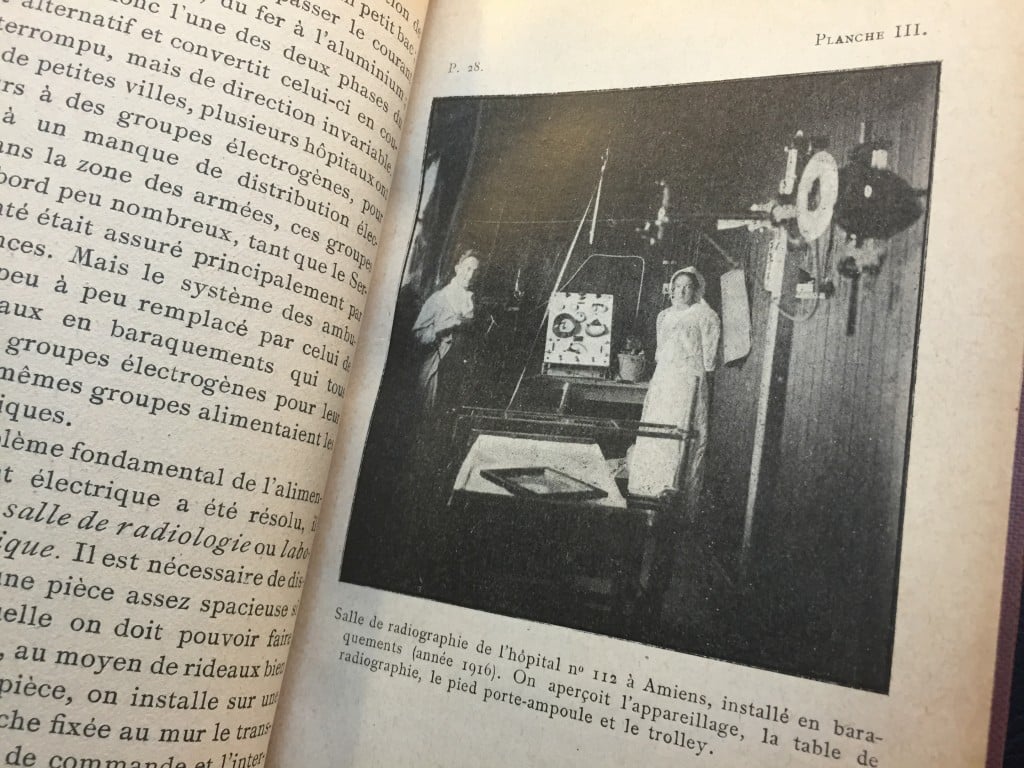
Detail of radiography equipment in a war hospital c.1916, featured in the book: La radiologie et la guerre.
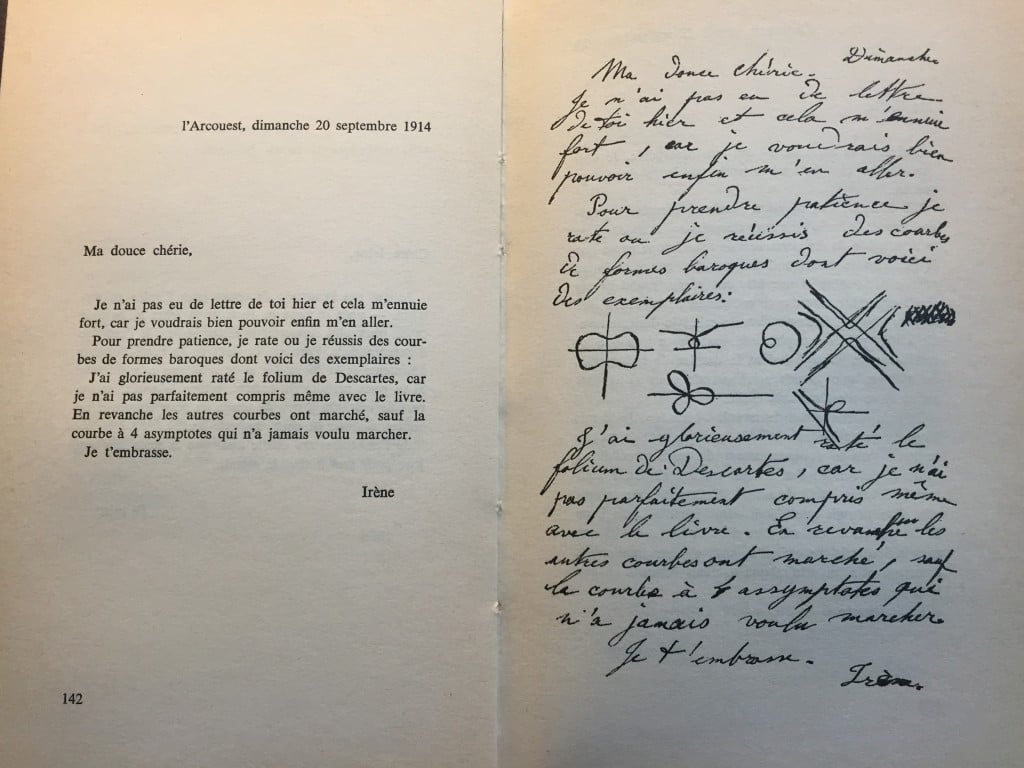
Detail of a letter written by Irène Curie to her mother Marie. Taken from the book Curie Correspondance (1905-1934)
Nobel women science winners (so far!)
Many of these 17 women laureates, especially the 20th century winners, shared common experiences, having to fend off prejudice, family and societal expectations of women’s role, and sometimes, outright misogyny to finally succeed.
It is gratifying to see the numbers of women laureates has gradually increased in more recent years. But even today the issue of how to encourage more young women to study science is a regular issue of discussion in the media and education circles. Perhaps knowing more about some of these Nobel Laureates’ stories may act as an inspiration?
Physics:
1903
Marie Sklodowska Curie, Poland
Read at the State Library
1963
Maria Goeppert Mayer, Germany (now Poland)
Read at the State Library
Chemistry:
1911
Marie Sklodowska Curie, Poland and France
Read at the State Library
1935
Irène Joliot-Curie, France
Read at the State Library
1964
Dorothy Crowfoot Hodgkin, Egypt
Read at the State Library
2009
Ada E. Yonath, Israel
Read articles at the State Library in Proquest Central
A Melbourne interview with Professor Yonath
Physiology & Medicine:
1947
Gerty Radnitz Cori, Czech Republic
Read at the State Library
1977
Rosalyn Sussman Yalow, USA
Read at the State Library
1983
Barbara McClintock,USA
Read at the State Library
1986
Rita Levi-Montalcini, Italy
Read at the State Library
1988
Gertrude Elion, USA
Read at the State Library
1995
Christiane Nusslein-Volhard, Germany
Read at the State Library
2004
Linda B. Buck, USA
Read articles at the State Library in Proquest Central
2008
Francoise Barre-Sinoussi, France
Read articles at the State Library in Proquest Central
2009
Elizabeth H. Blackburn, Australia
Read at the State Library
2009
Carol W. Greider, USA
Read articles at the State Library in Proquest Central
2014
May-Britt Moser, Norway
Read articles at the State Library in Proquest Central
2015
Youyou Tu, China
Read articles at the State Library in Proquest Central
An Encouraging (parochial!) note:
In 2009 Australian born Elizabeth Blackburn was joint winner in Medicine for her work on telomeres.
Professor Blackburn was born in Tasmania and educated at the University of Melbourne. Although having spent many years living in the USA, she returns often to Australia and is an ongoing and active inspiration for women in science, and science education generally.
In 2014 University High School launched the Elizabeth Blackburn School of Sciences. This special entry school has been designed in partnership with DEECD, University of Melbourne and Bio21 and will expose students to the latest innovations and excellence in the teaching of contemporary science and mathematics.
The “Dark Ladies” of Science
The complete list of women who didn’t receive due recognition for their work in science is unknown and unknowable, but the name of one has now become emblematic: Rosalind Franklin was a key figure in the discovery of DNA, but her strained relationship with co-discoverers Watson and Crick (who were awarded the Nobel in 1962), and that she tragically died of ovarian cancer at age 37, contributed to her all but vanishing from history until recent times when she has gradually emerged from the shadows and is finally receiving due recognition. For a gripping account of her story:
And more at the State Library on Rosalind Franklin
And Lise Meitner, the Austrian physicist who should have been jointly awarded the Nobel physics prize in 1944, with Otto Hahn, for their discovery of nuclear fission. Fortunately, Lise at least, unlike Rosalind Franklin, went on to live a much longer life, and received many other accolades, including having an element, 109 on the periodic table, name after her: Meitnerium
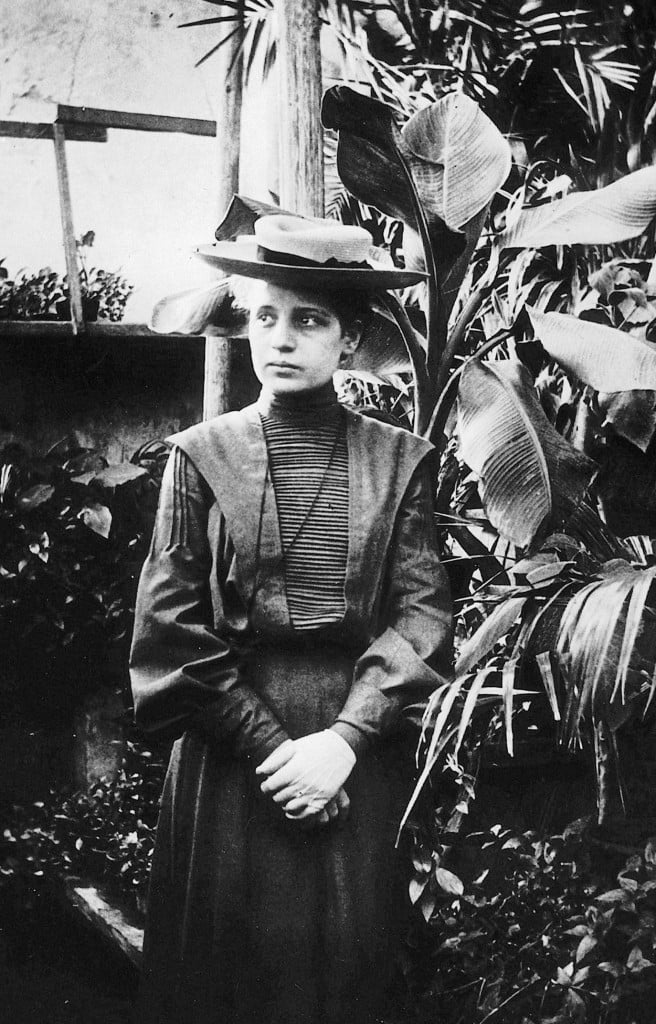
Lise Meitner around 1906 in Vienna. Image reprinted in Lise Meitner and the Dawn of the Nuclear Age, 1999.
More to read:

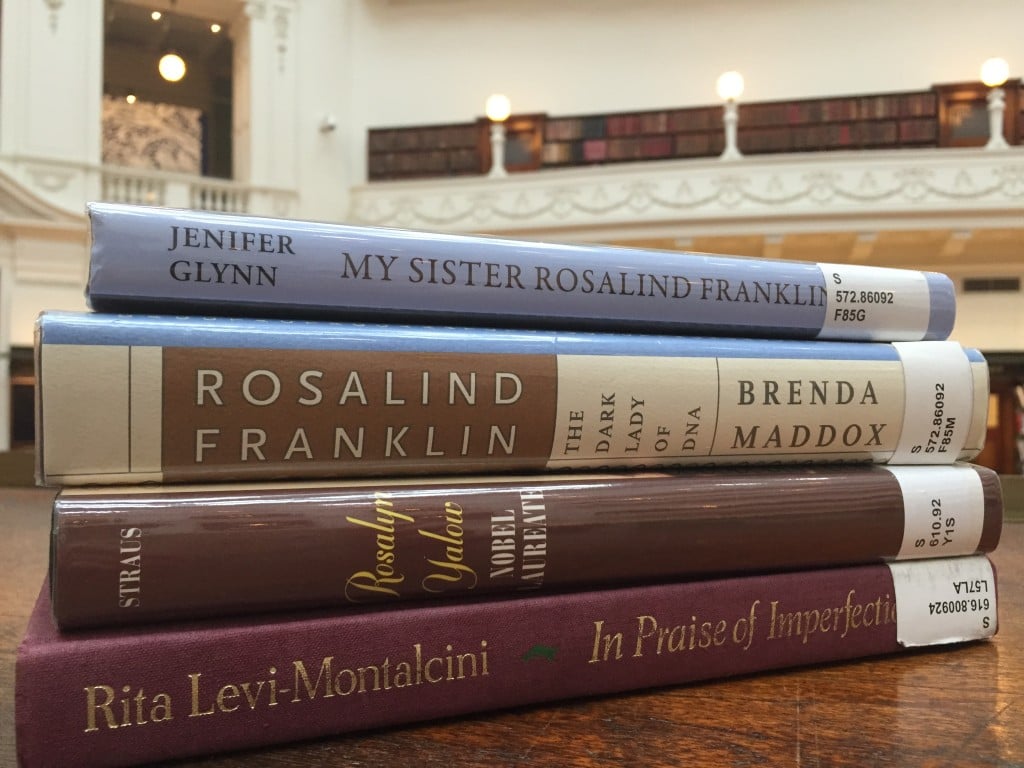
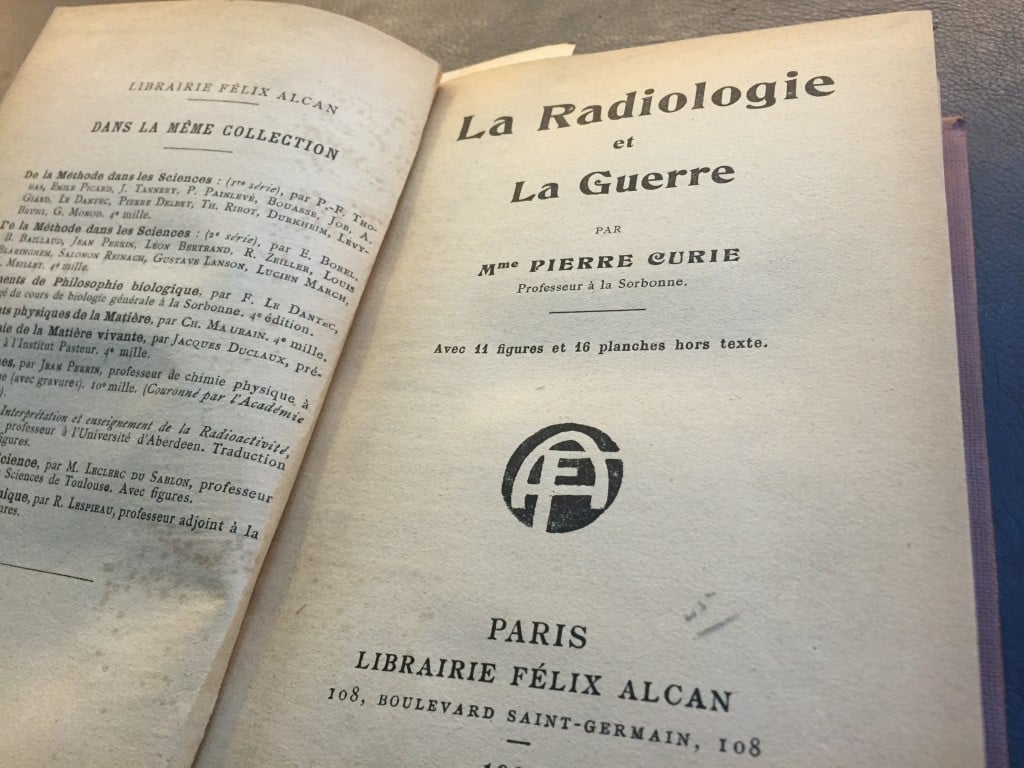
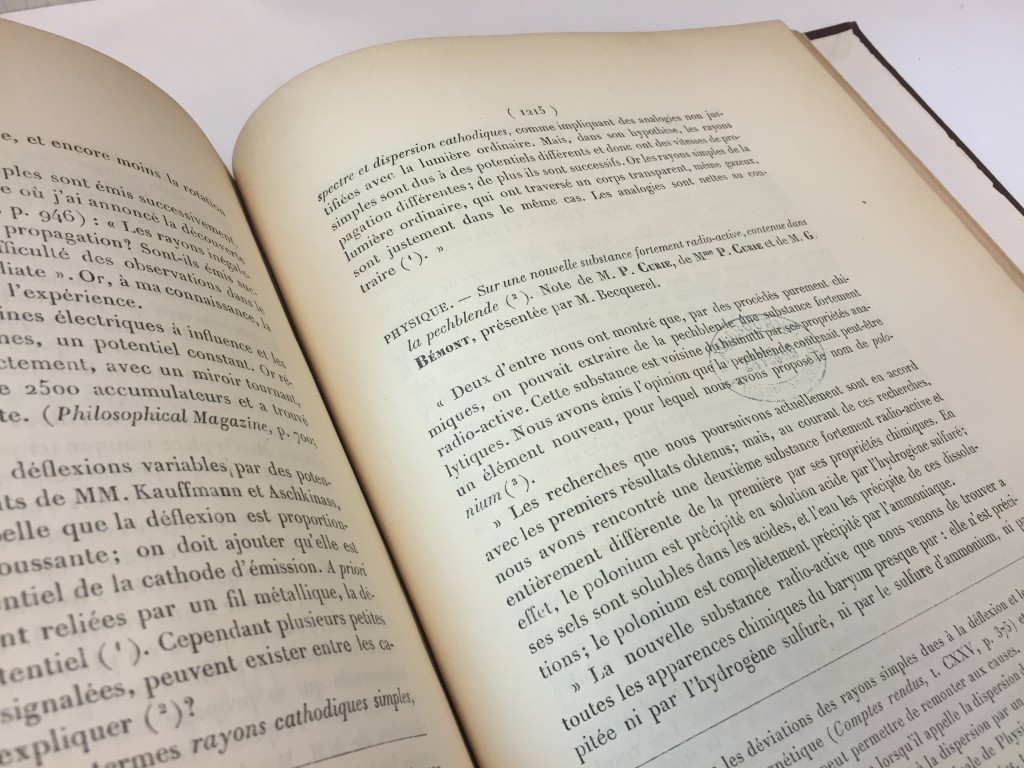
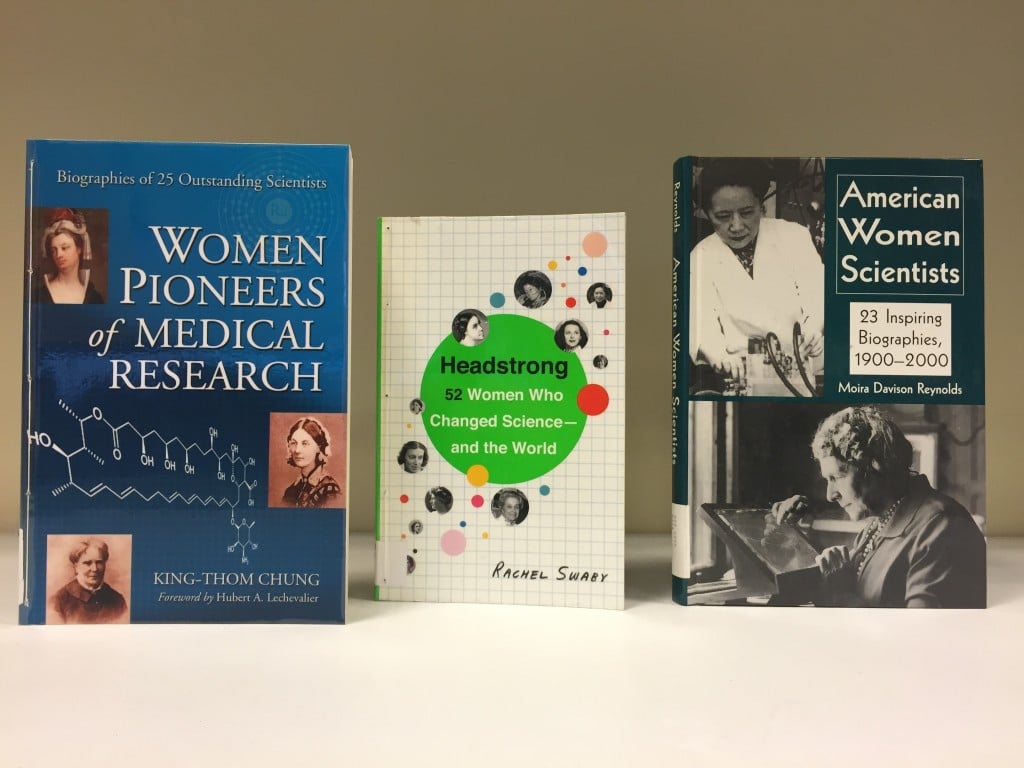
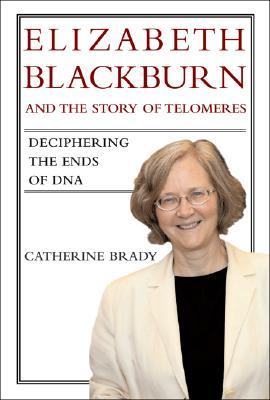
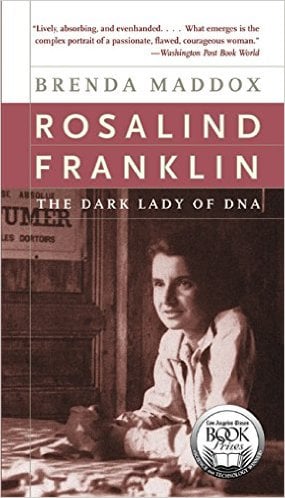

What a wonderful post. Thank you
Glad you found it interesting Susan. Keep your eyes open for more insights into the world of science and the State Library’s collections in coming weeks…!
A really interesting article. My husband, a former professor teaching in medical schools, wanted to promote women into señor positions in his field, because he said young women students needed strong role models in order to encourage them in what used to be rather a sexist student culture.